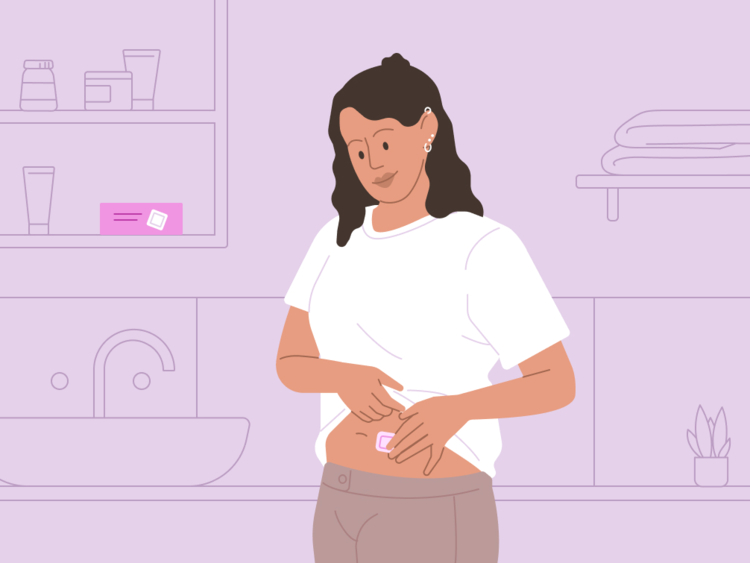With many types of contraception to choose from, it can take some research and maybe even a little trial and error to figure out which is the right one for you. The birth control patch is a type of hormonal birth control, which means that it works by releasing hormones through your skin to prevent pregnancy.
The patch is around 99.7% effective when used perfectly. This means using the patch exactly as it’s recommended. So, there’s a strong argument for adding it to your consideration list. But first, let’s find out what using the birth control patch involves, the possible side effects, and what other people using Flo have to say about it.


